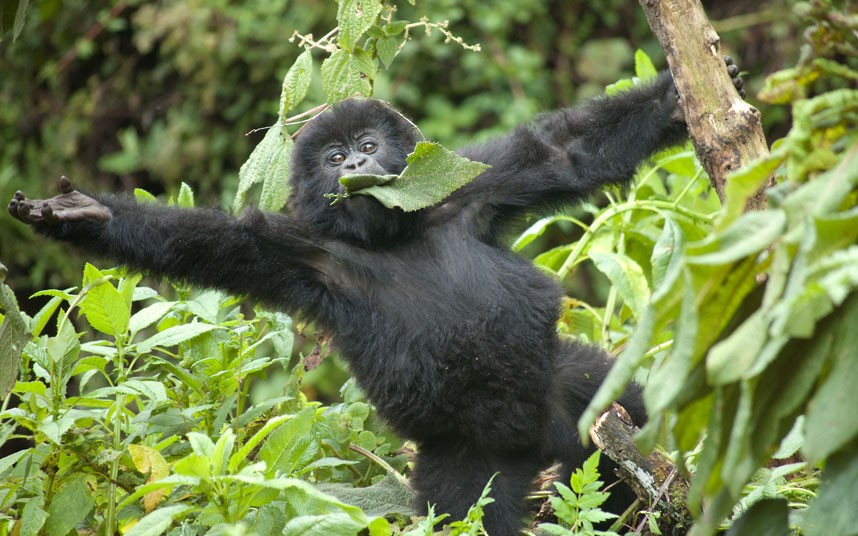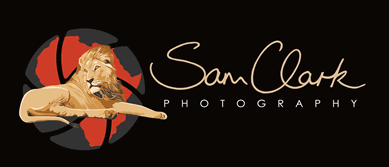African gorilla photography is one of the most interesting activities not to be missed while on an African safari. For you to have an interesting gorilla safaris move along with the following items;
You cannot predict the circumstances under which you will find the primates. Gorillas sometimes move from one place to another as they foliage. Your camera must have 70-200 f2.8 lens. it is a great lens to take and it definitely serves its purpose for gorilla photography as well as other wildlife. You won’t regret the images you shot with that lens.
This will depend on what you are looking to achieve with each scene and how you want to photograph the gorillas as well as other wildlife and also if you are happy to change lenses to get the various perfect shots.
You are at liberty to use the 200-400 f4 with a built-in 1.4x extender. Here you can stand back and not encroach on the gorilla while still getting really beautiful detailed shots. Additionally, with a tighter zoom, you eliminate a lot of the distracting factors as well so you can really zoom in on those intimate moments that are so iconic with gorilla photography.
Taking photos of gorillas can be easy, complicated or even frustrating depending on the location of the group and overall terrain. The tropical rains, thick forests and resulting low light conditions may also present a challenge for inexperienced photographers.
Since gorillas are generally shy primates, they don’t maintain direct eye contact for long, improvisation and a good camera will be important for you want to get a variety of facial expressions. For you to take sharp images that expose the gorillas in every angle, it is important to also take time to observe and enjoy the incredible experience.
Given the rough conditions in the jungle, it is important to go prepared. Tropical forests receive rain even during the dry season. You should therefore ensure that you have protection for your cameras and related equipment, a rain-proof bag will come in handy and help protect your cameras from any damage.
The facial expression in a gorilla changes very quickly and in seconds. In order to get the best shots, you will need to take several shots at once. The camera needs to be set up correctly to get perfect shots.
You need to go with a second camera: This will come in handy in case the first one fails to work for some reason. Ensure that the second camera is of a different type so that you have two different lenses with different final products for comparison.
Gorillas live in dense forests and sometime mountain slopes. As you attempt to photograph a family, you may have a lot of distractions like leaves, tree brunches and vines. Some mountain gorilla groups live in areas with high altitude. There fore you need to position yourself well so that you have fewer distractions.
Travel with a light weight camera. Gorilla trekking can take between 2 to 6 hours to complete depending on the location of the gorilla family you would be following. Do not worry if you have very heavy cameras. All the gorilla parks have porters who help tourists carry any heavy bags and equipment at a small fee of about $15.
Your day will generally start around 05:30 and at 06:00 you meet for breakfast and then at 06:30 you make your way to the park office. Once you get to the park headquarters, you are allocated the gorilla family that you are going to go and see as well as the guide that will take you up.
You will then be allocated your gorilla family and region and then they will give you a bit of history of the park as well. From the park headquarters, you will then get back into your car with your guide and then you drive to the closest point to the specific region and gorilla family you have been allocated. That’s when you get handed a walking stick to make use of and that’s also where you hire the porter for your camera gear.
It is always important to follow instructions from park guides. Remember the gorilla trekking rules such as keeping a distance of at least 7 meters, avoiding prolonged direct eye contact and standing taller than the primates when they get close to you.
For the wildlife photography, use a comfortable safari vehicle with open top roof to ensure great views of the savanna wildlife in the different National parks that we’ll visit. The photographic opportunities are limitless and this trip is aimed at anyone who has a love for nature.



Leave A Comment